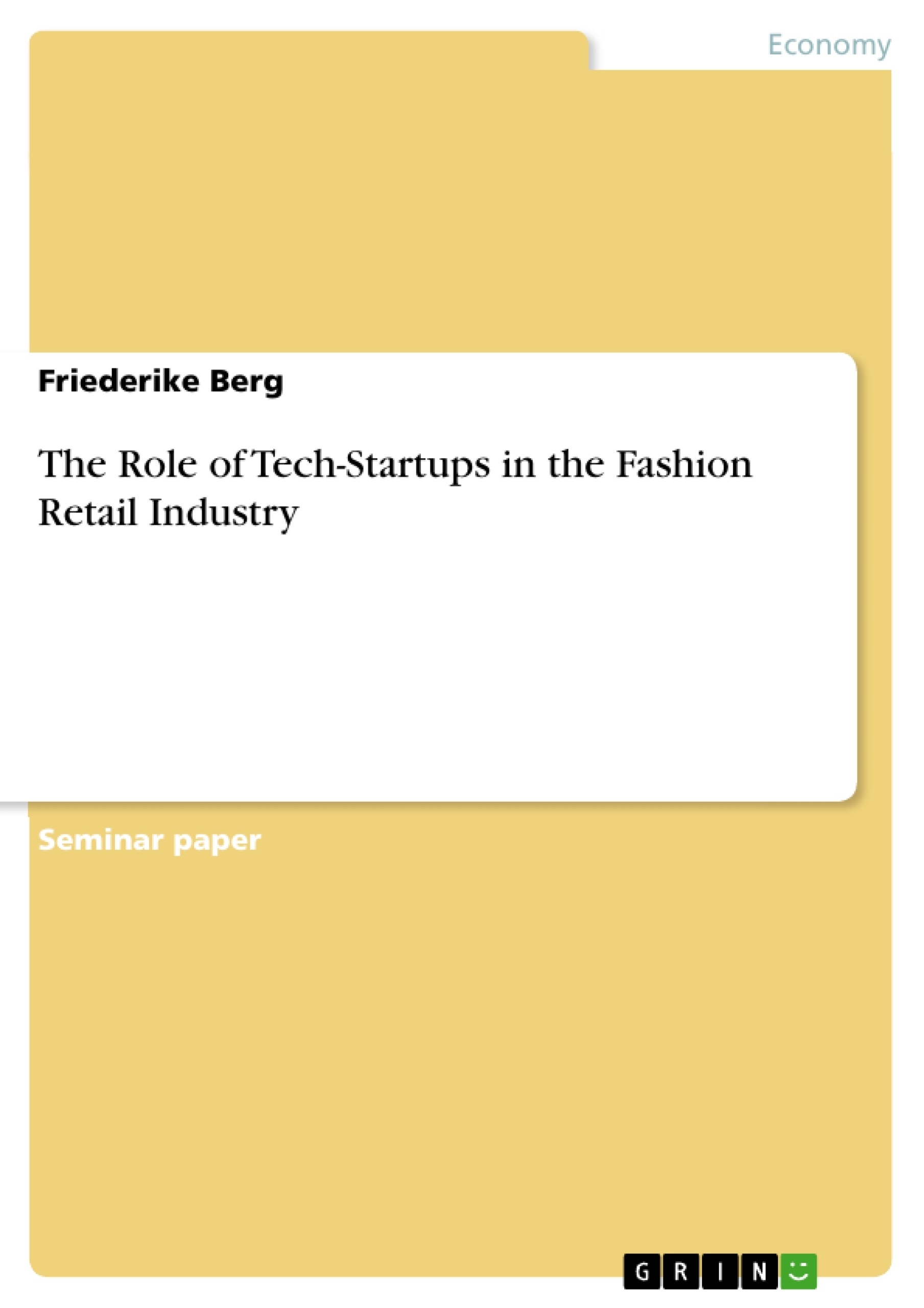In this case study, the fashion retail industry its technological adaptability is analyzed in terms of which problems are going to be solved as well as how can startup help to solve the challenges the industry encounters. Through a newspaper article, the four major problems and potential solutions could be identified. A discussion about course-related content and the industry’s problems identified opportunities.
The theoretical framework of research about return rates as the identified major problem in the fashion industry analyzes by evaluating the technological product of startups and how it really benefits the fashion brands and retailers.
Inhaltsverzeichnis (Table of Contents)
- INTRODUCTION
- The Fashion Retail Industry
- Statement of the Problem
- Potential Solutions
- AN ECONOMICS OF INNOVATION-RELATED DISCUSSION
- Clusters and Networks
- Networks Effects
- Organization for Innovation
- Consumers
- HOW SIZING-TECHNOLOGY CAN IMPROVE THE RETURN RATE
- Informal Literature Assessment
- Identified Issues
- Theoretical Framework
- Definition of Hypothesis
- Study
- Data Collection
- Methodology
- Evaluation
- Desired Outcome
- CONCLUSIONS & RECOMMENDATIONS
Zielsetzung und Themenschwerpunkte (Objectives and Key Themes)
This case study examines the fashion retail industry's technological adaptability, specifically exploring the challenges it faces and the potential solutions that tech startups can provide. The study focuses on the problem of return rates in the industry and analyzes how sizing technology developed by startups can benefit fashion brands and retailers.
- Technological Adaptability in the Fashion Retail Industry
- Challenges Faced by Fashion Brands and Retailers
- Role of Tech Startups in Solving Industry Challenges
- Impact of Sizing Technology on Return Rates
- Benefits of Startups for Fashion Brands and Retailers
Zusammenfassung der Kapitel (Chapter Summaries)
- INTRODUCTION: The chapter introduces the fashion retail industry, highlighting its dynamic nature, evolving consumer preferences, and the need for technological advancements. It identifies key challenges faced by fashion brands and retailers, including declining in-store sales, increasing e-commerce growth, and high return rates.
- AN ECONOMICS OF INNOVATION-RELATED DISCUSSION: This section explores the role of clusters and networks in promoting innovation, discussing network effects and the importance of collaboration between fashion brands, retailers, and tech startups. It examines the impact of consumer behavior on the industry's evolution.
- HOW SIZING-TECHNOLOGY CAN IMPROVE THE RETURN RATE: This chapter delves into the problem of return rates in the fashion industry, providing an informal literature assessment and identifying key issues. It introduces the theoretical framework for evaluating the effectiveness of sizing technology developed by tech startups. The chapter discusses the methodology used in the study, data collection methods, and desired outcomes.
Schlüsselwörter (Keywords)
The main keywords and focus topics of this text include: fashion retail, tech startups, innovation, return rates, sizing technology, e-commerce, consumer behavior, digital transformation, augmented reality, user-generated content, and industry challenges.
- Quote paper
- Friederike Berg (Author), 2019, The Role of Tech-Startups in the Fashion Retail Industry, Munich, GRIN Verlag, https://www.grin.com/document/505688



